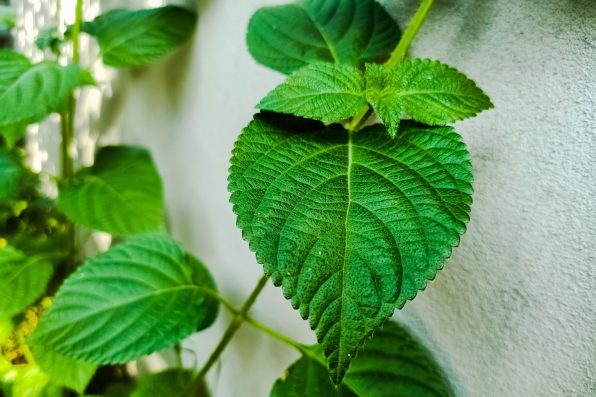Like many other organisms in nature, plants have ways of protecting themselves from predators to ensure their continued survival. Some of their defense mechanisms may involve thorns and spines that can cause a painful prick to your finger.
However, others may be much more dangerous, unleashing an array of toxins that launch whoever touches them into a torrent of suffering and agony.
One of the most venomous plants in the world is the gympie-gympie stinging tree, which is found in rainforests in Australia and some Asian countries. Its scientific name is Dendrocnide moroides. The pain from just a single touch of the plant is described as feeling like you’ve been “electrocuted and set on fire at the same time for months.”
The gympie-gympie plant is now on display at the Alnwick Garden in Northumberland, England, along with dozens of other venomous plants in the “Poison Section.” The gympie-gympie’s exterior is covered with tiny brittle hairs that act like needles.
If they are touched, even for a second, they can release a venom that will send their victims into a period of excruciating pain that lasts for days, sometimes even months.
According to the Alnwick Garden, the hairs are called trichomes, and they can stay in human skin for up to a year. Whenever the skin is touched, comes into contact with water, or experiences a temperature change, the pain can return. In order to prevent visitors from accidentally bumping into it, the plant is safely contained in a locked glass box.
One of the first people ever to document the effects of gympie-gympie was a road surveyor from Queensland named A.C. Macmillan. In 1866, his horse was stung by the plant and went mad. Within two hours, the horse had died.
More recently, Naomi Lewis, a woman in Australia, reported that the pain from the plant does not rival even childbirth. After falling off her bike and tumbling down a hill, she encountered one of the plants. The pain was so bad that she was hospitalized for a week.
Nine months later, she still felt stinging sensations on her skin. Having been through three caesareans and one natural childbirth, she could confirm that they didn’t come close to the pain she felt from the plant.

Sign up for Chip Chick’s newsletter and get stories like this delivered to your inbox.


